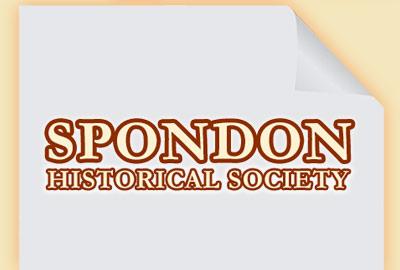
From Saxon times the arable land of a manor was usually split into three fields, one of which was allowed to lie fallow in turn. Free tenants each had a strip in both of the other two for their crops: Winter Corn; and Spring Corn or Peas. Each strip was usually approximately 22 yards long by 22 yards wide, but of course there were some thin strips, “pikes”, and some short ones, “butts”. No land was used for the same crop until the fourth year. They also had Rights of Common for grazing their animals.
In Spondon we had Derby Field, Burrow Field and Brook Field, with lush pasture down to the river in the south, and woods and waste to the north. The lord of the manor retained land called the demesne, which was cultivated by the village men, some of whom had only a small garden. The Norman invasion did little to alter this.
In 1236 the Statute of Merton gave the lord of the manor the right to “enclose against his free tenants, provided enough pasture was left to satisfy his previous grants of free common”. This was extended in 1285 to include “cases where neighbours or strangers had acquired grazing rights” and was subject to the same conditions.
This is the source of “Old Enclosures” or “Old Closes” on maps or documents.
The main Enclosure Award at Spondon was in 1789, when the three fields, Derby Field, Burrow Field and Brook Field, and the waste, moor and commons were reallocated, with holdings brought together in one or more of the fields, roughly in proportion to their original holdings. The Old Closes were not included. This was the start of Farms and Smallholdings, as we know them today. All Rights of Common. were abolished. Householders now had nowhere to graze their cow, horse or goose, and no right to pannage for their pigs in the woods.
Enclosure Roads were laid out to an improved standard, with grass verges on either side. Those that had “allotments” of land had to hedge and ditch it to the required standard. Some swapping of land took place, but many of the smallholders sold up and moved, and took up employment in the towns. The more wealthy bought the land and increased their holdings. For example the Osborne family bought up land and “emparked” it, building Field House and forming what we now know as West Park.
An interesting exercise is to look for houses built end-on to the road. These are usually houses built on old field strips, although in Moor End some were illegal cottages built on the Moor, but allowed to remain on payment of a fine.
Syd Lusted
December 2011
